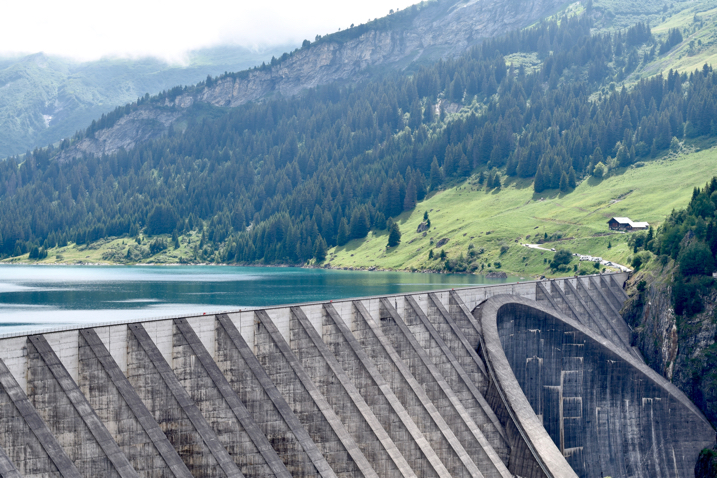With political uncertainty and weak public finances, Argentina is not out of the woods
HIGH RISK
-
Economic risk
-
Business environment risk
-
Political risk
-
Commercial risk
-
Financing risk
-
Economic risk
-
Business environment risk
-
Political risk
-
Commercial risk
-
Financing risk
Swipe to view more
| GDP | USD 383.1bn (World ranking 28, World Bank 2020) |
| Population | 45.4mn (World ranking 32, World Bank 2020) |
| Form of state | Presidential republic |
| Head of state |
Alberto Fernández (President) |
| Next elections |
October 2023, legislative |
- Structurally high inflation
- Weak fiscal account and a recent track record of sovereign default
- Reliance on commodities, resulting in exposure to external shocks
- Capital controls in a context of recurring FX shortages
- Vulnerable to changes in agricultural prices
- Macroeconomic imbalances and a weakened institutional framework
- High inflation
- Nine sovereign defaults, two in the past 20 years.
Trade structure by destination/origin
(% of total, annual 2020)
| Exports | Rank | Imports |
|---|---|---|
|
Brazil
14.8%

|
1 |
 20.8%
Brazil
20.8%
Brazil
|
|
China
9.7%

|
2 |
 20.7%
China
20.7%
China
|
|
United States
6.1%

|
3 |
 10.4%
United States
10.4%
United States
|
|
Chile
5.4%

|
4 |
 5.3%
Paraguay
5.3%
Paraguay
|
|
Vietnam
5.3%

|
5 |
 4.8%
Germany
4.8%
Germany
|
Trade structure by product
(% of total)
| Exports | Rank | Imports |
|---|---|---|
|
Feedstuff for animals (excluding unmilled cereals)
17.7%
|
1 |
15.0%
Road vehicles
|
|
Cereals and cereal preparations
16.7%
|
2 |
6.5%
Other industrial machinery and parts
|
|
Road vehicles
9.5%
|
3 |
5.9%
Electrical machinery, apparatus and appliances, n.e.s.
|
|
Fixed vegetable oils and fats, crude, refined or fractionated
8.7%
|
4 |
4.6%
Oil seeds and oleaginous fruits
|
|
Oil seeds and oleaginous fruits
5.8%
|
5 |
4.3%
Medicinal and pharmaceutical products
|
-
Low
-
Medium
-
Sensitive
-
High
-
Payments
-
Court proceedings
-
Insolvency proceedings
-
Payments
-
Court proceedings
-
Insolvency proceedings
Procedural delays are common and costs are high. Considering the inability of domestic courts to cope with the caseload in a timely manner, commencing legal action without having first conducted pre-legal action is unwise.
For insolvent debtors debt renegotiation mechanisms have been put in place, however in practice, liquidation remains the default procedure even though it is never in the interest of unsecured debtors.
LATEST NEWS ABOUT ARGENTINA
-
Global trade: Battling out of demand and price shocks
25 March
The invasion of Ukraine and renewed Covid-19 outbreaks in China are hitting global trade with a double whammy in 2022: lower volumes and higher prices.
-
Economic Outlook: Energy, trade and financial shockwaves
18 March
The Russian invasion of Ukraine has brought back significant headwinds to the global economic recovery and raised wider geopolitical risks.
-
Is the wealth middle class shrinking?
17 February
Only three countries have seen the wealth share of the middle class improve since the 2008 financial crisis.
Contacts
Read our latest reports
-
Americas
-
Europe
-
Asia Pacific
-
Middle East












